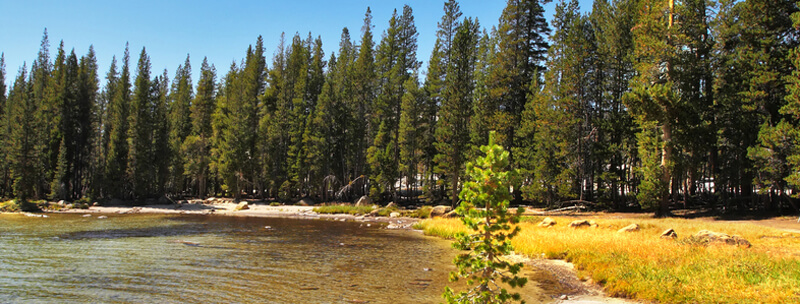- Professionals
-
-
-
-
-
Search
-
-
-
-
- Practices & Industries
-
-
-
-
- Alternative Dispute Resolution
- Appellate Law Strategies
- Bankruptcy & Corporate Restructuring
- Cannabis Law
- Class Action Litigation Practice
- Closely-held Businesses
- Commercial Litigation
- Construction Law
- Corporate Law
- Corporate Trust Law
- Cyber Security & Data Privacy
- Digital Assets and Blockchain Technology
-
-
- Loan Workout
- Mergers & Acquisitions/Private Equity
- Nonprofit and Tax-Exempt Organizations
- Probate Litigation
- Products Liability, Toxic Tort and Mass Tort
- Professional Liability Defense
- Public Utilities Law
- Real Estate Law
- Securities Litigation, Arbitration, Regulation and Investigations
- Tax Law
- Title Insurance
- White Collar Criminal Defense and Investigations
-
-
-
-
- News & Insights
-
-
News & Insights
-
Blogs
-
-
- About Us
- Careers
- Contact Us










